 MOTORWAY EMERGENCY TRAFFIC
MANAGEMENT PLAN
TMP reference: Contractor:
+Organizations /
Principal
MOTORWAY EMERGENCY TRAFFIC
MANAGEMENT PLAN
TMP reference: Contractor:
+Organizations /
Principal (Client)
: Waka Kotahi - NZ Transport Agency
ASM Emergency Traffic
Auckland System
TMP reference
Management TMP -
Management
RCA: NZ Transport Agency / Auckland System Management
Location details
Road names and suburb
House No./ RPs
Road level
Perm. speed
and road
State Highways/Motorways: 1, 2, 16, 18, 20, 20A, 20B, 22,
Start to End
L1/L2 & L3
50-110km/h
characteristics
Northern Busway
Traffic details
AADT – Refer to Highway Information Sheets
Peak flows: 06h00 - 09h00 & 15h00 - 19h00
Work Program
Start: May 2024
End: 31 May 2025
1982
Description of work Traffic Response vehicles travelling to and managing incidents on the Auckland System Management network.
activity
Preparation prior to proceeding to incident.
ACT
For all branded vehicles:
x Ensure all vehicle checks have been carried out at the beginning of all shifts, that all equipment is onboard
and safely stowed.
x All equipment is onboard, and all fixed assets are working a required.
x Personal Protective Equipment - Hi-Vis vest or jacket and lace-up safety footwear must be worn prior to
leaving base; other PPE as appropriate must be carried in vehicle.
Respond to incidents, in accordance with all Health & Safety protocols, treating all callouts to incidents
with urgency.
INFORMATION
Verification of Incidents:
x It is imperative to establish accurate and relevant information as early as possible in order to provide the
Positive Traffic
appropriate level of response.
Management
x The road name, correct location, correct direction, other distinguishing details such as geographical
Measures
features, intersecting roads, that can assist to correctly identify the location.
OFFICIAL
x The nature of the incident, how many vehicles are involved, how many people are injured and the nature
of their injuries.
x Other key characteristics which should be known from the outset, such as hazardous goods,
THE
environmental contamination, nature and extent of asset damage etc., to enable mobilisation of the
appropriate resources.
Effective sharing of verified information can:
x Provide direction or access options for First Responders and other parties to the incident site.
x Reduce the risk of poor decisions being made under pressure.
UNDER
x Encourage timely/effective decisions to be made.
x Enable vehicle recovery operators to activate their response with the best possible information, e.g., how
many tow trucks required and the type of tow truck required for effective operations.
Mobilising to traffic incident:
x Travelling on local roads - Normal Road use only, no lights activated.
x Travelling on State highway or motorway to incident scene in smooth flowing traffic conditions - Normal
RELEASED driving and road use only, no lights activated.
x Travelling on State highway or Motorway to incident scene in congested and slow moving or stationary
traffic conditions.
o Notify ATOC-Smales that you will be driving on the shoulder or Busway when traffic is stationary,
or the operating speed is below 30km/h.
o Activate flashing amber beacons and warning VMS board messages.
o When driving on shoulders your vehicle speed is not to exceed 30kmph if adjacent traffic is
stationary, or more than 20km/h above the operating speed of slow-moving traffic (up to 50km/h).
Page
1 of
21
 MOTORWAY EMERGENCY TRAFFIC
MANAGEMENT PLAN
MOTORWAY EMERGENCY TRAFFIC
MANAGEMENT PLAN
o The vehicle air horn and electronic horn may be activated using short blasts when necessary to
provide audible warning to slow moving or stationary traffic.
o Exercise caution for vehicles attempting to cut you off or for people exiting stationary vehicles.
o Caution wherever there is the potential for other vehicles to cross your path (such as off ramps).
o Ensure that other vehicles do not follow you while driving on the shoulder; if this occurs then stop
your vehicle and direct the offending vehicles back into the traffic stream.
o If unable to proceed through traffic, call ATOC-Smales and request if a Police vehicle can be
made available to escort you to the incident.
o If available, utilise PA system to convey messages to motorists, such as warning them to stay in
1982
their vehicles, or to advise them to keep path clear for emergency vehicles.
Emergency Traffic Control:
ACT
Safety of personnel responding to and working at road incidents is critical. The nature of unplanned incidents
is so variable that no specific traffic management plan or plans can be prepared to cover all scenarios. At a
typical incident site, cordons are set up to control access to the incident site.
x Responding traffic control staff need to be well trained in the techniques of emergency traffic control and
be able to constantly assess the changing circumstances and take the appropriate steps to ensure that
the incident scene is well protected at all times and their staff are working safely.
x There is a range of scenarios where emergency traffic control is required. Some examples are:
o Vehicle crash, bridge strike, debris on road, or material spil .
o Vehicle fire on road or bridge (with or without hazardous cargo).
o Adjacent property fire (smoke and fumes pose a significant visibility and health risk to motorists).
o Asset failure.
INFORMATION
o Police operations.
o Risk of explosion (Terrorism, bomb threat, explosive substance spill).
o Evacuation of a contaminated area.
o Natural event.
x Road incidents can have wide reaching effects on traffic, often extending into adjacent road networks.
x It is important to support TOC to manage the road users’ journeys as a whole and not just within the
localised area or network where the incident occurs.
OFFICIAL
x On motorways where traffic becomes trapped by a full closure of extended duration, it may be necessary
to turn trapped vehicles around and manage a low-speed contraflow operation to allow these vehicles to
exit via the closest on ramp.
x At incidents where traffic queu
THE es restrict or prevent the passage of responder vehicles, it may be
necessary to facilitate a contra-flow operation for the responder vehicles to progress to the incident
scene.
x On dual carriageway roads, there is a significant risk that queued traffic may turn around on their own
accord.
x On motorways the traffic on the applicable carriageway should be stopped completely and the responder
UNDER
vehicles contra-flowed on at the closest off ramp to the incident scene.
x There is increased risk to staff and motorists when the operating conditions change as the incident
progresses.
x The STMS needs to regularly re-assess the site layout to ensure it is appropriate for operating conditions.
x Temporary changes in the traffic control at the scene are often required for a short period to allow for
specific activities such as medical evacuation or movement of recovery vehicles and resources.
x When temporary changes are required, or emergency traffic control is replaced by (NZGTTM) traffic
management, the proposed changes need to be clearly communicated to all parties and undertaken in a
safe and controlled manner.
RELEASED x Before any traffic control changes can occur, the STMS must ensure that parked vehicles, plant, and
materials are not blocking or impairing proposed traffic movement.
x Failure to do so can result in staff being exposed to live traffic and traffic being exposed to stationary
hazards.
x Details of any changes to traffic control must be communicated to TOC, particularly where the changes
affect the messages displayed on the VMS and provided to the media.
Page
2 of
21
 MOTORWAY EMERGENCY TRAFFIC
MANAGEMENT PLAN
Entering Incident Scene:
MOTORWAY EMERGENCY TRAFFIC
MANAGEMENT PLAN
Entering Incident Scene:
x Activate flashing amber beacons and indicate well in advance prior to slowing down to enter cordon.
x When approaching the incident scene, park before the incident, or as directed by the Incident Controller.
IR vehicles arriving onscene into the inner cordon:
x Ensure that public vehicles do not follow you into the closure.
x Report to the Incident Controller (OIC), obtain situation report and discuss who will liaise with ATOC-1982
Smales.
x Advise ATOC-Smales when you have arrived at the incident scene and provide SitRep or advise ATOC
that OIC will provide SitRep updates.
ACT
x If first on scene provide incident information to ATOC-Smales ASAP so that they can update other
emergency responders.
Securing the Scene:
In most cases, the emergency services have the incident scene under emergency traffic control by the time
the RCA Contractor responders arrive, however sometimes the RCA Contractor staff may be first on scene. In
either situation, the priority is to protect the incident scene from approaching traffic, as well as to prevent
further vehicles from becoming involved.
x When installing emergency traffic control this should follow the NZGTTM guidelines as much as
practically possible, address the operating speed and the risks, and include positive traffic management if
INFORMATION
possible.
x The incident scene may also contain evidence that needs to be protected, so unnecessary personnel
should be kept out of the scene, only those required to provide support to the injured should be allowed
into the scene. The Police generally isolates, controls, and contains the incident scene.
x Site safety is paramount and must be maintained from the start until the finish when the last person
leaves the site. The Health and Safety at Work Act 2015 requires Employers to take every precaution to
ensure the safety of their employees and other parties who may be engaged in work activities.
x Despite a significant amount of pre-planning for road incidents, including the identification of hazards and
OFFICIAL
provision of training and PPE, the nature of road incidents and response operations are extremely
variable, and each incident scene can present many additional hazards that need to be eliminated,
reduced, or safe work methodologies implemented.
THE
x All first responders are responsible for carefully assessing the scene and taking the necessary steps to
ensure that people are able to work the scene safely.
Common risks associated with incident management on site can include, but are not limited to:
o Live traffic
UNDER
o Electrical hazards
o Hazardous substances (labelled or not labelled)
o Damaged vehicles and vehicle recovery operations
o Bio-hazardous materials from injuries sustained by others
o Un-attended vehicles – risk of poisonous substances inside the vehicle
o Sharp objects
o Uneven surfaces
o Unstable assets or objects
o Frustrated members of public or staff
RELEASED o Dehydration
o Darkness, Glare
o Stress – your own and others
o Complacency, Fatigue, Frustration, Rushing
o Hot/ Cold and other adverse weather conditions
Page
3 of
21
 MOTORWAY EMERGENCY TRAFFIC
MANAGEMENT PLAN
If you are first on scene:
MOTORWAY EMERGENCY TRAFFIC
MANAGEMENT PLAN
If you are first on scene:
x Determine what type of vehicles are involved and how badly damaged they are; whether there are any
hazardous materials involved and what they are.
x Advise TOC of all the incident details, this will assist TOC with mobilising the correct responder resources
and providing appropriate motorist information via VMS and media.
x Determine the nature and status of the injuries and how many injured; contact emergency services and
confirm that they have been mobilised.
1982
Attending to the Injured:
x The priority for Emergency Services and First Responders is the preservation of life, including the
ACT
protection of the scene from traffic, extraction of injured from vehicles, control of fire and hazardous
substances.
x Patients suffering serious injuries are transported to hospital as soon as they are stable enough to move.
When attending incidents, first responders should remember to make allowance for the access
requirements of ambulances and ambulance staf .
x Provide Triage and first aid (if required).
IR Vehicles entering the scene to protect the outer cordon:
x Activate flashing amber beacons and indicate well in advance prior to slowing down to provide the outer
cordon.
INFORMATION
x When approaching the incident scene, park before the incident, or as directed by the Incident Controller,
or TIM managing the scene.
Site Traffic Management Specialist (STMS):
x The STMS is responsible for the initial installation of emergency traffic control at the incident scene (for
partial carriageway closures) or outer cordon including detour routes (for full carriageway closures).
x This includes the placement of vehicles, cones, and signs to direct traffic and protect staff working within
OFFICIAL
the incident scene. The STMS should liaise with the TIM (if present) as soon as practicable to confirm
work methods and road restoration strategy.
THE
Outer Cordon:
x The Outer Cordon is the Primary Control Point for Road Closures and Traffic Control.
x Initial emergency traffic control measures are usually installed by Police / FENZ by using their vehicles or
traffic cones.
x On arrival, the Incident Response STMS takes over the outer cordon and reinforces the initial traffic
UNDER
control with signs, cones and or attenuators to prevent unauthorised entry in order to ensure a safe
working environment for the first responders on site, and to protect crash scene evidence.
x All personnel shall note the following:
o Site Control & Entry procedures must be complied with, politely but firmly.
o Personnel must identify themselves to the traffic control providers when seeking access and
state their role.
o Traffic controllers must provide advice on possible hazards which may be encountered, and
advise all personnel to proceed with caution (vehicles could be coming in opposite direction).
o Unauthorised vehicles or vehicles failing to stop must be reported immediately with registration
RELEASED
and vehicle details to the Officer in Charge.
o Issues must be escalated immediately to the TIM or TOC.
Parking and Working within Incident Scene:
x When a site is established with cones delineating the edge of live lanes, responder personnel must
always maintain a minimum of 1m separation between themselves and the traffic cones.
Page
4 of
21
 MOTORWAY EMERGENCY TRAFFIC
MANAGEMENT PLAN
MOTORWAY EMERGENCY TRAFFIC
MANAGEMENT PLAN
x When a site is established without cones, responder personnel must maintain 2m separation between
themselves and the adjacent live lane.
x In order to enter/exit a vehicle, responders must observe the traffic conditions and enter/exit the vehicle
when it is safe to do so, the responder must maintain the 1m lateral clear zone during this maneuver.
x Park as far as possible from the live traffic lanes.
x Switch off front facing amber beacons when on divided carriageway.
x If a TRU vehicle needs to block a lane then park in the “fend” position so the vehicle directs traffic to
merge into the adjacent lane, activate the roof mounted VMS with appropriate message, and leave rear
facing beacons and hazard lights on.
1982
x If parked more than 5 metres from the live lane or within a controlled closure then switch beacons and
hazard lights off.
ACT
Onsite Communication:
Clearly understood communication at the scene of an incident is critical. The Chain of Command must be
observed, and communication protocols followed. Failure to do so can lead to misunderstood instructions
resulting in incorrect actions by staff leading to unsafe work environments.
x All communications to and from the incident scene to TOC or EOC shall go through one person only,
otherwise the person in charge at the scene can lose control.
x The Traffic Incident Manager (TIM) is to maintain liaison with the IMT and TOC to support the response
action and provide asset intelligence on the road network for Level 3 incidents,
x For level 4 and 5 incidents the Traffic Incident Manager (TIM) is to maintain liaison with the TOC which
liaises with CDEM to support the response action and provide asset intelligence on the road network.
INFORMATION
x During a significant event, varying methods of communication will be utilised by internal and external key
stakeholders.
x In the event that mainstream communication networks are disabled (e.g., mobile, landline), the RCA
Contractor shall rely on VHF radio communications with the TOC, thus integration of radio
communication devices with the TOC and the first responders is recommended to facilitate efficient
communications.
x Incident information must be provided to TOC who will update the relevant RCA appointed media officer
via the approved channels. OFFICIAL
x The delegated media liaison person in the RCA shall provide regular updates with factual key messages
to the media. Breach of this could be deemed as serious misconduct.
x Staff must not provide comments to media (even off the record), or communicate non-official facts to
THE
external stakeholders, including external colleagues, families and friends, or utilise social media (e.g.,
Facebook, YouTube, etc.) to post unauthorised material.
Asset Damage Assessment:
x Detailed inspection of the assets should be undertaken by an appropriate experienced person to
UNDER
determine the nature and extent of the damage sustained, what emergency repairs are required before
the road can be reopened, the repair methodology, the resources (plant, equipment, skilled personnel)
that are required to undertake the repairs, and what repairs can be prioritised for a later date when traffic
volumes are low (e.g., at night).
x In most situations, the objective is to enable the opening of the road to traffic as soon as possible.
Therefore, effecting temporary repairs to make the road practically safe for opening and scheduling full
repairs afterwards is generally the appropriate way forward.
Following inspection of the asset damage:
RELEASED
x Undertake a risk assessment to determine whether the repairs need to be done immediately or whether
the road can be reopened in a safe but degraded mode, and if so for how long?
x Will the repairs be temporary or permanent?
x If circumstances permit, it is preferable to restore traffic flow as quickly as possible and return later to
effect repairs when traffic volumes are low.
x For incidents that occur outside of peak traffic flows, can the asset repairs be completed before the traffic
Page
5 of
21
 MOTORWAY EMERGENCY TRAFFIC
MANAGEMENT PLAN
MOTORWAY EMERGENCY TRAFFIC
MANAGEMENT PLAN
volumes increase?
x Identify what resources will be required to restore the road asset to a safe operational condition.
x Ensure that all required resources are mobilised ASAP. It is better to have the restoration resources
standing by on site waiting for the opportunity to commence work than to have the site waiting for the
resources to arrive.
Exiting Incident Scene:
1982
x Activate flashing amber beacons, look for safe gap in traffic, indicate and accelerate to traffic speed and
merge safely, then turn off beacon.
x Request Police / STMS to assist with re-entering the live lanes if necessary.
ACT
Responsibility for Reopening the Road:
x When a Police operation has been in progress and the road asset has not been affected the decision to
open the road to traffic rests with the Police.
x Once Police have advised that the site is clear, the RCA Contractor must drive through the site to confirm
it is safe to open.
x When road asset damage has occurred the RCA Contractor is responsible for determining when the road
asset has been restored to a safe operational condition and traffic control can be uplifted.
Planning to Reopen the Road:
INFORMATION
x When planning to open a multi lane road, consideration must be given to the length of traffic queues and
congestion on the detour route.
x It may be better to stack traffic on the mainline for a period prior to reopening the road to reduce the
impact on the detour route and thus the motorists overall travel time.
x It is also necessary to check with TOC to determine if there are pedestrians on the road prior to
reopening. Experience has shown that drivers and passengers that are stopped on the road for
extended periods will get out of their vehicles and wait in the shade on the roadside during summer.
OFFICIAL
x Re-opening of intersections, traffic lanes, carriageways and ramps may occur progressively during the
incident. Clear communication between the Police Incident Controller, RCA Contractor, and TOC is
essential to ensure that the changes in traffic control are undertaken in a coordinated and safe manner.
THE
If this is not done correctly then staff can suddenly be exposed to traffic travelling at high speed.
x Consider reopening Main line traffic in a controlled fashion using Rolling Block techniques to bring traffic
slowly up to operating speeds.
Uplifting Traffic Control:
UNDER
x Secondary incidents can often occur when queues form and a road has been congested for a while due
to an incident; these range from rear end crashes, overheating, out of fuel, and flat battery.
x Stationery vehicles may be encountered upstream and downstream from the incident site, so once the
carriageway is cleared of debris and the surface is safe for traffic, traffic control must be uplifted, and the
road reopened in a coordinated manner.
x This is particularly important on roads with multiple lanes in the same direction. Motorists will be
frustrated by the delay and in a rush to get to their destination; the objective is to allow traffic to have
access to the road in an orderly manner to prevent traffic surges, high speeds, and other unsafe driver
behaviour.
RELEASED x Traffic behaviour can be controlled by the staged opening of lanes, motorway on-ramps, or a rolling block
that slowly increases speed until normal operating speed is achieved.
Debrief:
Debriefs have two industry variants, hot and cold debriefs. They occur at different times.
Page
6 of
21
 MOTORWAY EMERGENCY TRAFFIC
MANAGEMENT PLAN
Hot Debrief:
MOTORWAY EMERGENCY TRAFFIC
MANAGEMENT PLAN
Hot Debrief:
x The Hot Debrief is undertaken immediately after the incident as soon as operational staff are able to
meet at a common location.
x These debriefs are extremely important and must address the following:
x Gather intelligence and Identify areas of improvement.
o Potential network enhancements
o Potential equipment enhancements
o Potential practice enhancements
1982
o Identify challenges
o Identify things that worked well or not so well
o Determine best practice
ACT
o Supply updated situation reports
o Acknowledge the good effort by the crews.
The Personal or Critical Incident debriefing should be managed with the help of an Occupational Health
Advisor and allow for the following:
o Vent thoughts and feelings
o Identify stress related reactions
o Help people to understand reactions
o Discuss ways of coping, e.g., EAP Services.
If immediately after an incident it is the view of the RCA Contractor that either improvements can be made to
the RCA / Contractor / or other operational procedures, then this information should be passed onto the
INFORMATION
appropriate manager and fed back to the RCA if appropriate.
Minutes must be taken for the operational debrief, clearly identifying further actions required and all relevant
records (e.g., Incident Log, Spill Sheets, etc.) must be attached to the minutes.
Cold Debrief:
x The Cold Debrief is undertaken at a later date when all participants are in possession of the relevant
OFFICIAL
information relating to the incident.
x Each participating stakeholder should bring all appropriate additional evidence to the meeting such as
CCTV, video, photographic records, and be prepared to contribute actively to the process.
x Stakeholders should only brin
THE g information to the debrief meeting which they are willing to disclose,
taking into account their responsibilities under the Privacy Act 1993, and that which does not compromise
any current or intended judicial proceedings.
x The facilitator must ensure the process remains appropriately managed and focused.
A Cold Debrief should be considered for:
UNDER
o All level 3, 4 and 5 incidents (Headline Events)
o Significant number of vehicles involved
o Road users (or others) have experienced significant disruption
o There has been multiple stakeholder involvement
o There was significant environmental impact or potential impact
o Significant damage has occurred to infrastructure
When attending a cold debrief at TOC, the RCA Contractor will be required to furnish key information from the
RCA perspective, such as the time when resources arrived, who they were, when key activities occurred and
RELEASED what the response was to each request. Therefore, RCA representatives must take the Incident Log to the
debrief.
Page
7 of
21
 MOTORWAY EMERGENCY TRAFFIC
MANAGEMENT PLAN
Lesson Learnt & Dissemination of Information:
MOTORWAY EMERGENCY TRAFFIC
MANAGEMENT PLAN
Lesson Learnt & Dissemination of Information:
The meeting records should clearly identify actions, owners of actions, and provide mutually agreed
timescales for any local or other actions for completion.
x Failure to manage actions through to closure seriously undermines the validity of the post-incident debrief
process.
x The notes should be disseminated across respective stakeholders, TOCs, Emergency Services, RCA,
and RCA Contractor (Error! Reference source not found.).
x The TOC will distribute minutes of the debrief with actions/notes in order to identify good/bad practice
1982
and lessons to be learned.
ACT
If unable to proceed through traffic, call ATOC-Smales and request if a Police vehicle can be made available
Contingency Plans: to escort you to the incident.
First TIM, You must advise TAC operator or ATOC-Smales via RT or Mobile phone, of the incident details
Notification
within 15 minutes of arriving at the scene; and provide regular progress updates at intervals not exceeding 30
minutes.
On arrival at incident, all personnel are to comply with the ASM health and safety policies.
INFORMATION
IR Crews.
x PPE- Clothing is to be long pants and long sleeves; High Visibility fluorescent orange vests lace up steel
Special safety
measures, PPE
cap safety footwear; hard hats and safety eyewear must be worn; gloves to be kept on person and used
as appropriate.
x STMS onsite as above, but with Yellow STMS Jacket must be worn at all times.
OFFICIAL
THE
UNDER
RELEASED
Page
8 of
21

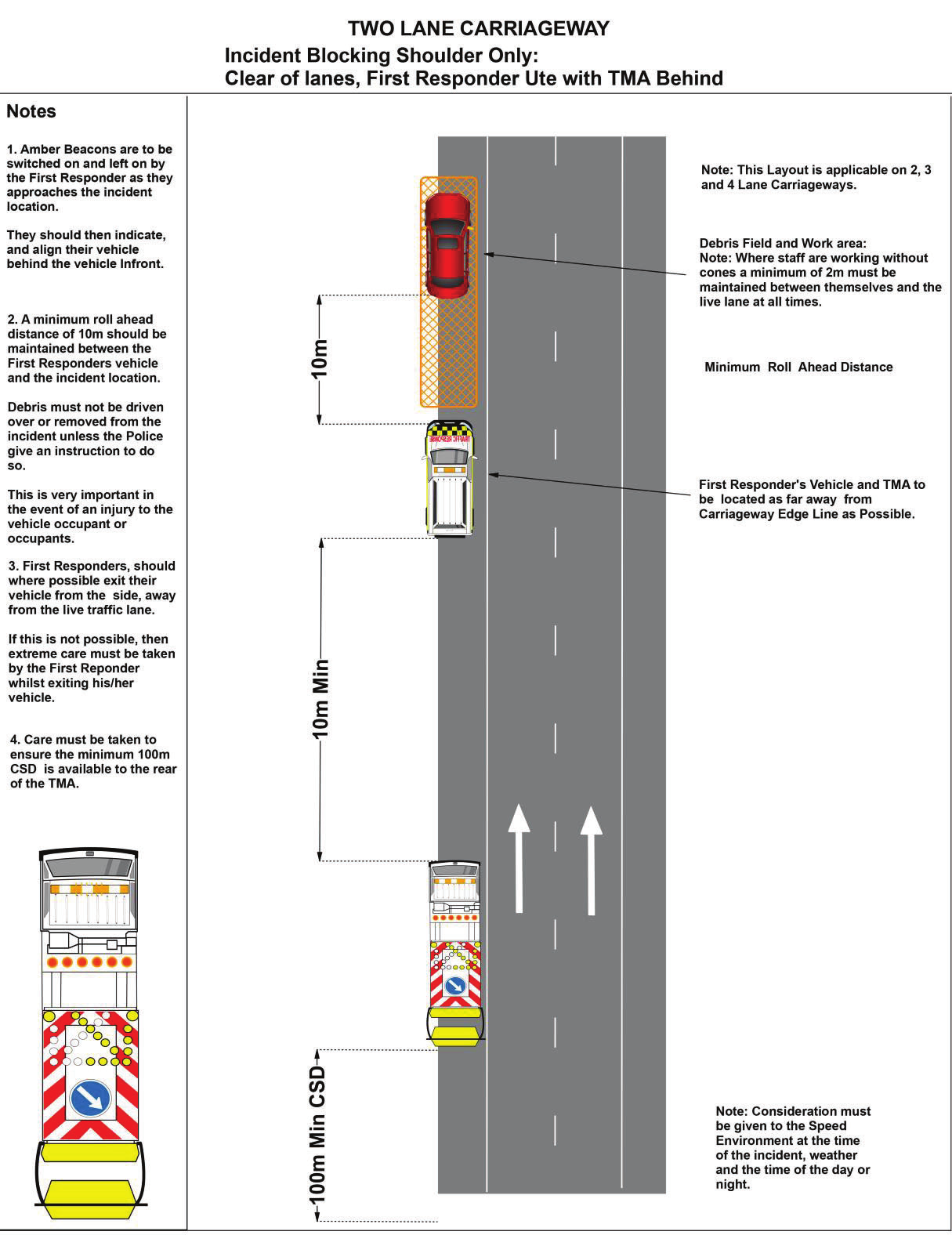 MOTORWAY EMERGENCY TRAFFIC
MANAGEMENT PLAN
MOTORWAY EMERGENCY TRAFFIC
MANAGEMENT PLAN
1982
ACT
INFORMATION
OFFICIAL
THE
UNDER
RELEASED
Page
9 of
21

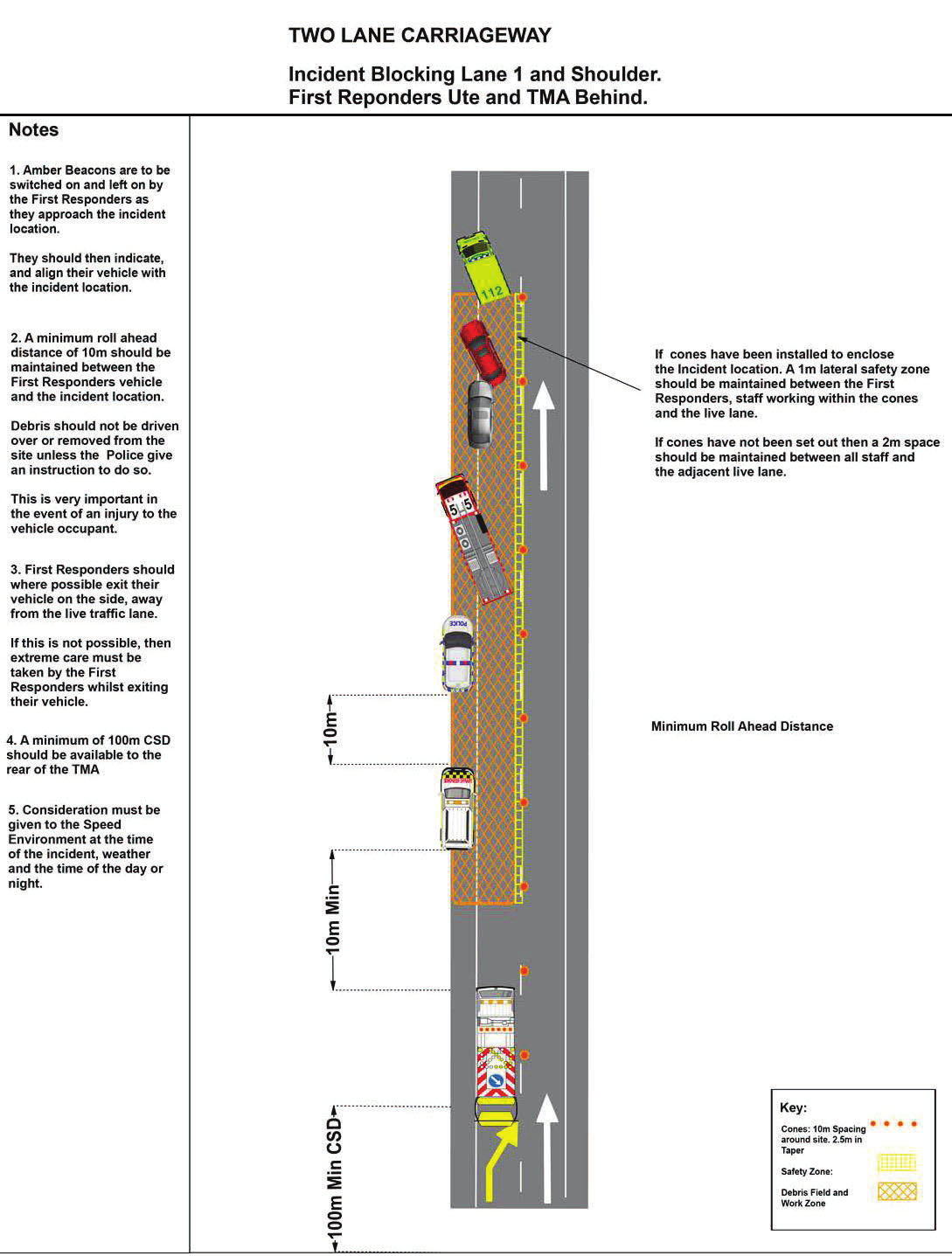 MOTORWAY EMERGENCY TRAFFIC
MANAGEMENT PLAN
MOTORWAY EMERGENCY TRAFFIC
MANAGEMENT PLAN
1982
ACT
INFORMATION
OFFICIAL
THE
UNDER
RELEASED
Page
10 of
21

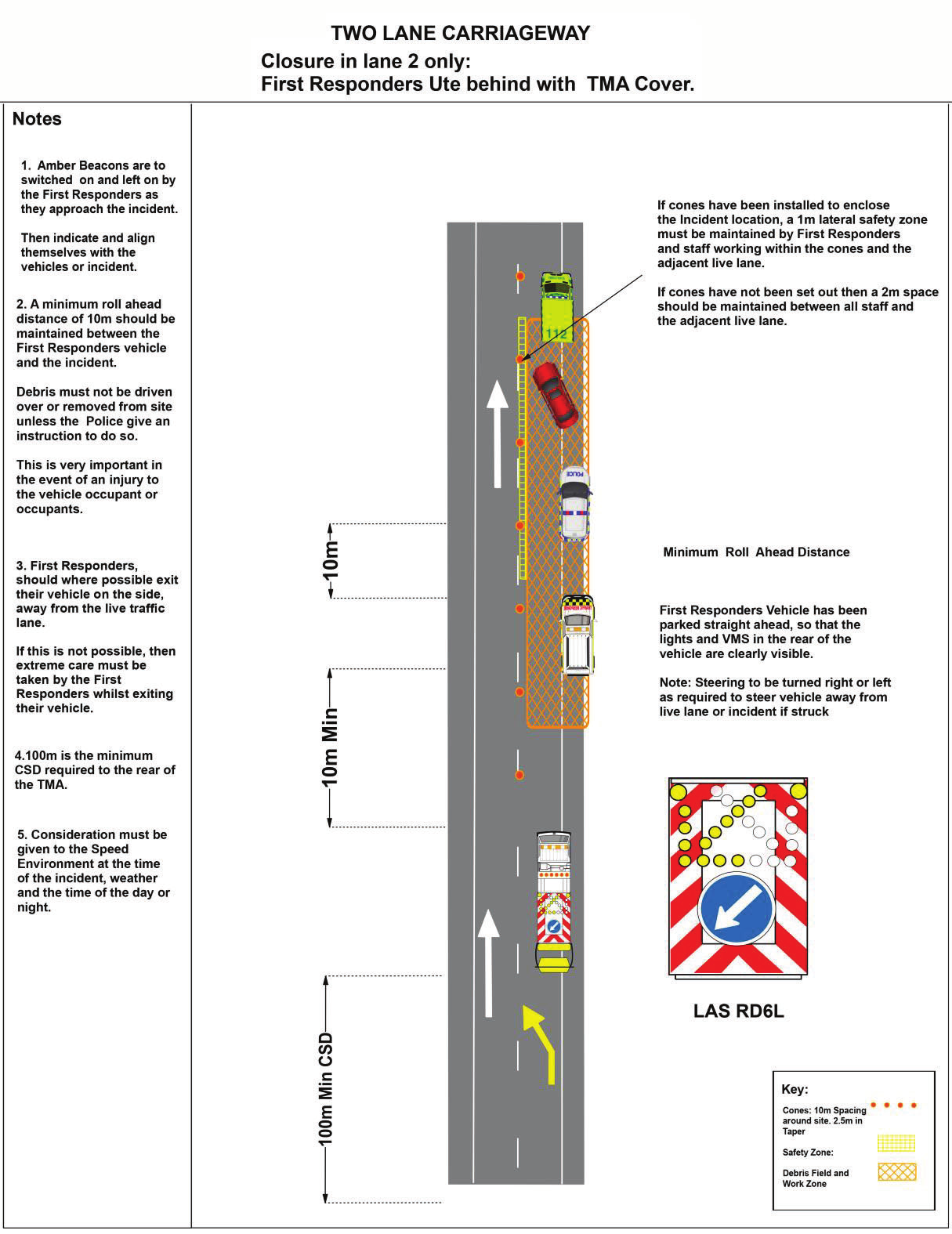 MOTORWAY EMERGENCY TRAFFIC
MANAGEMENT PLAN
MOTORWAY EMERGENCY TRAFFIC
MANAGEMENT PLAN
1982
ACT
INFORMATION
OFFICIAL
THE
UNDER
RELEASED
Page
11 of
21

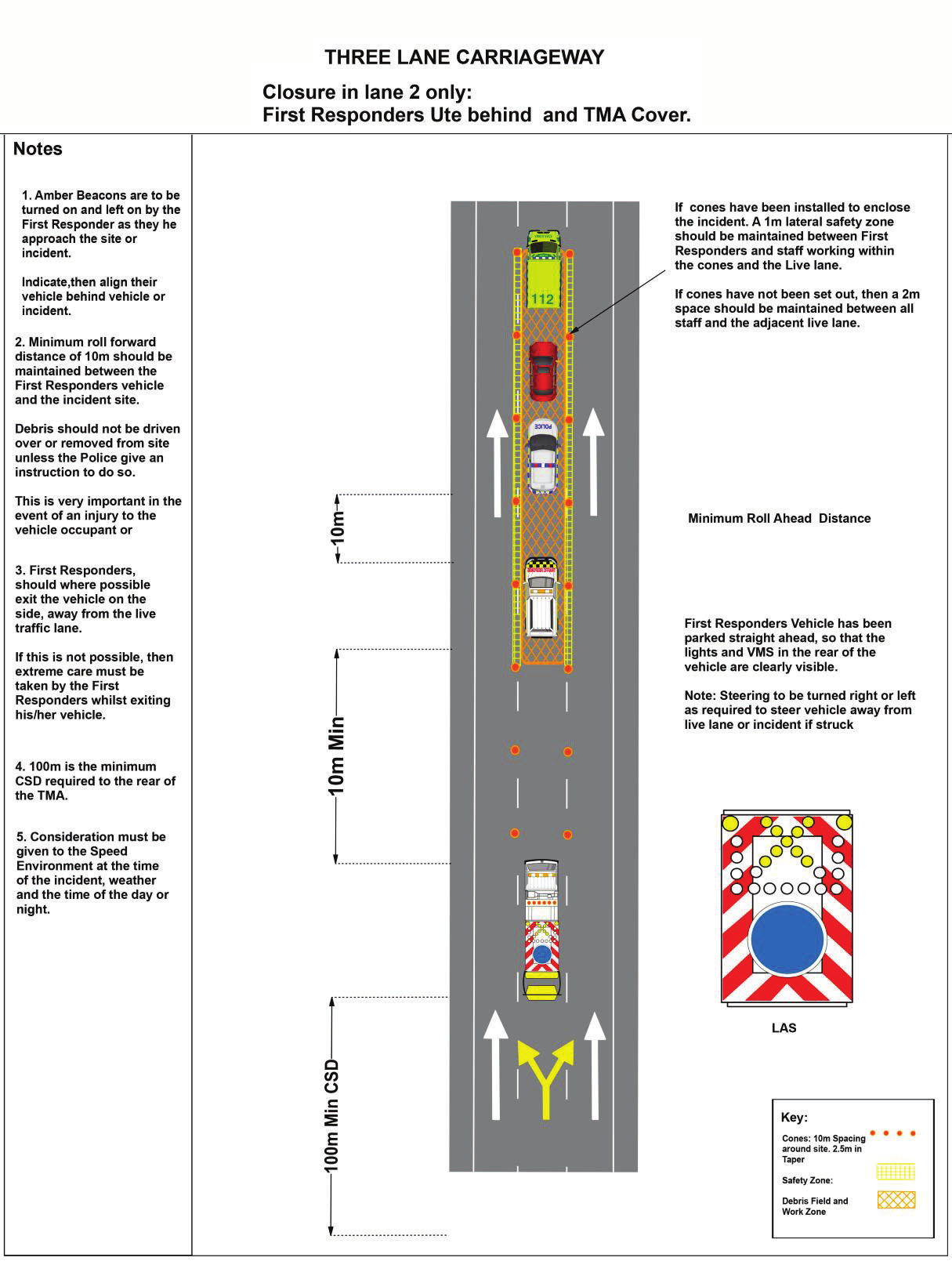 MOTORWAY EMERGENCY TRAFFIC
MANAGEMENT PLAN
MOTORWAY EMERGENCY TRAFFIC
MANAGEMENT PLAN
1982
ACT
INFORMATION
OFFICIAL
THE
UNDER
RELEASED
Page
12 of
21

 MOTORWAY EMERGENCY TRAFFIC
MANAGEMENT PLAN
MOTORWAY EMERGENCY TRAFFIC
MANAGEMENT PLAN
1982
ACT
INFORMATION
OFFICIAL
THE
UNDER
RELEASED
Page
13 of
21

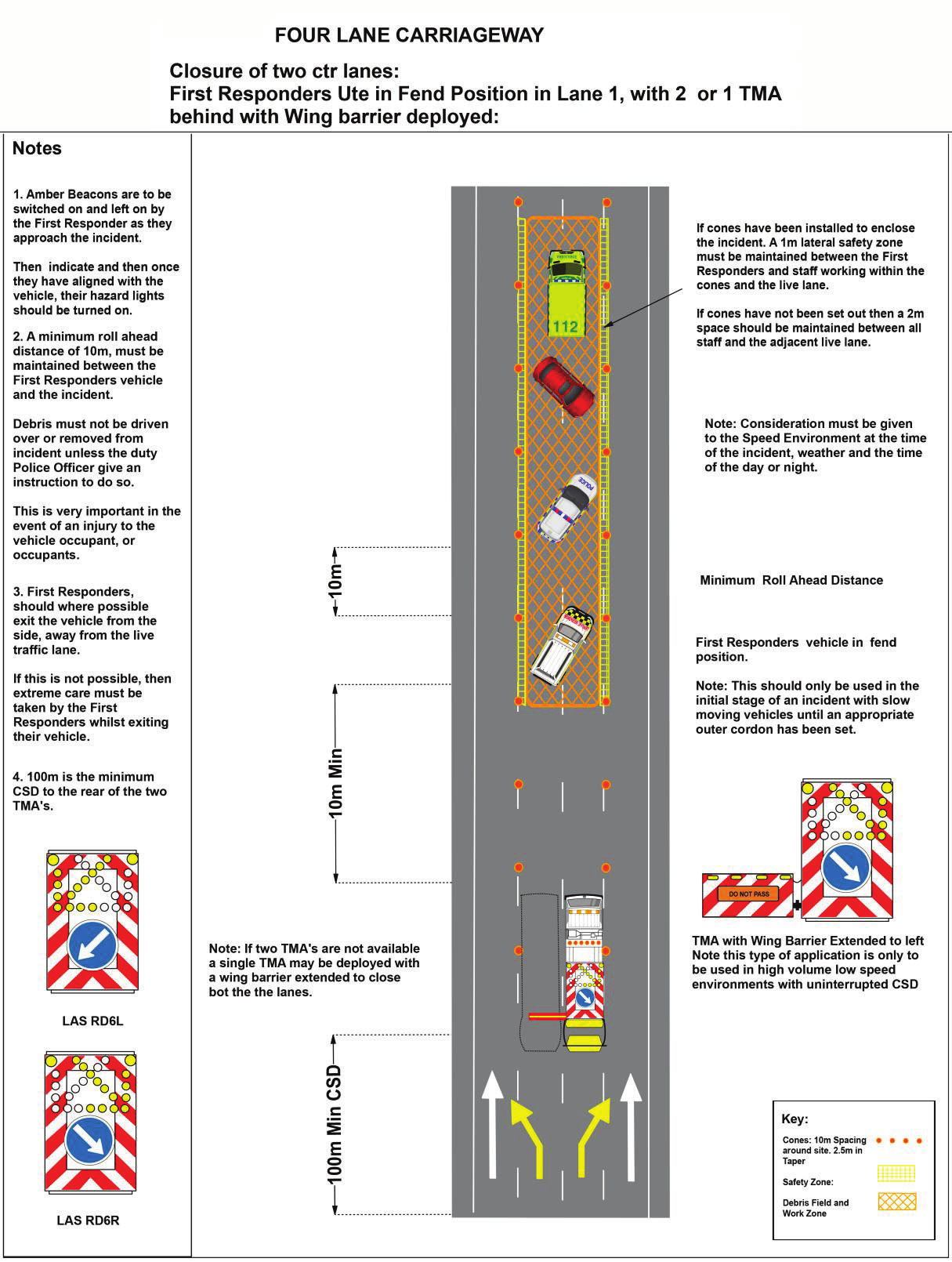 MOTORWAY EMERGENCY TRAFFIC
MANAGEMENT PLAN
MOTORWAY EMERGENCY TRAFFIC
MANAGEMENT PLAN
1982
ACT
INFORMATION
OFFICIAL
THE
UNDER
RELEASED
Page
14 of
21

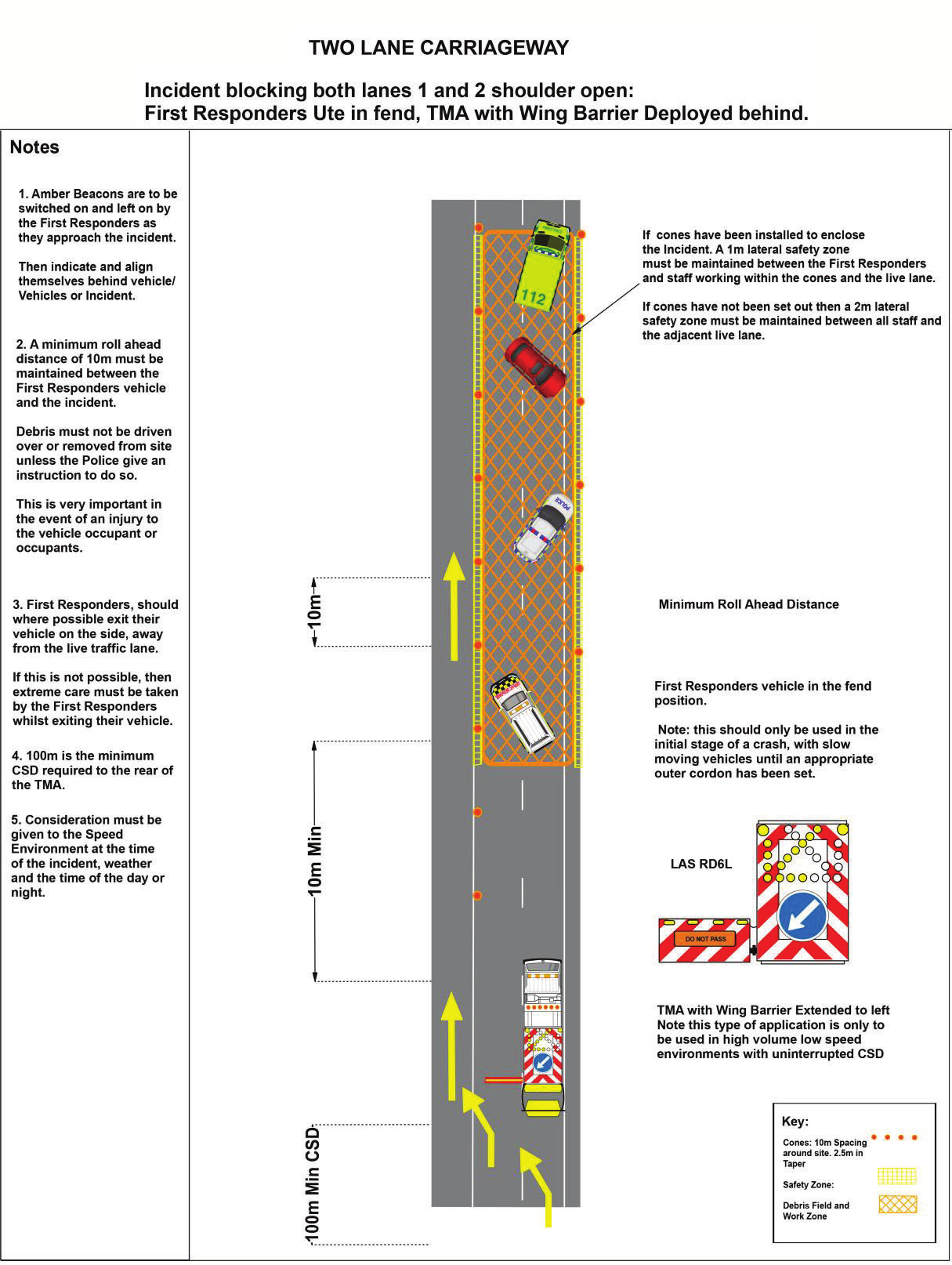 MOTORWAY EMERGENCY TRAFFIC
MANAGEMENT PLAN
MOTORWAY EMERGENCY TRAFFIC
MANAGEMENT PLAN
1982
ACT
INFORMATION
OFFICIAL
THE
UNDER
RELEASED
Page
15 of
21

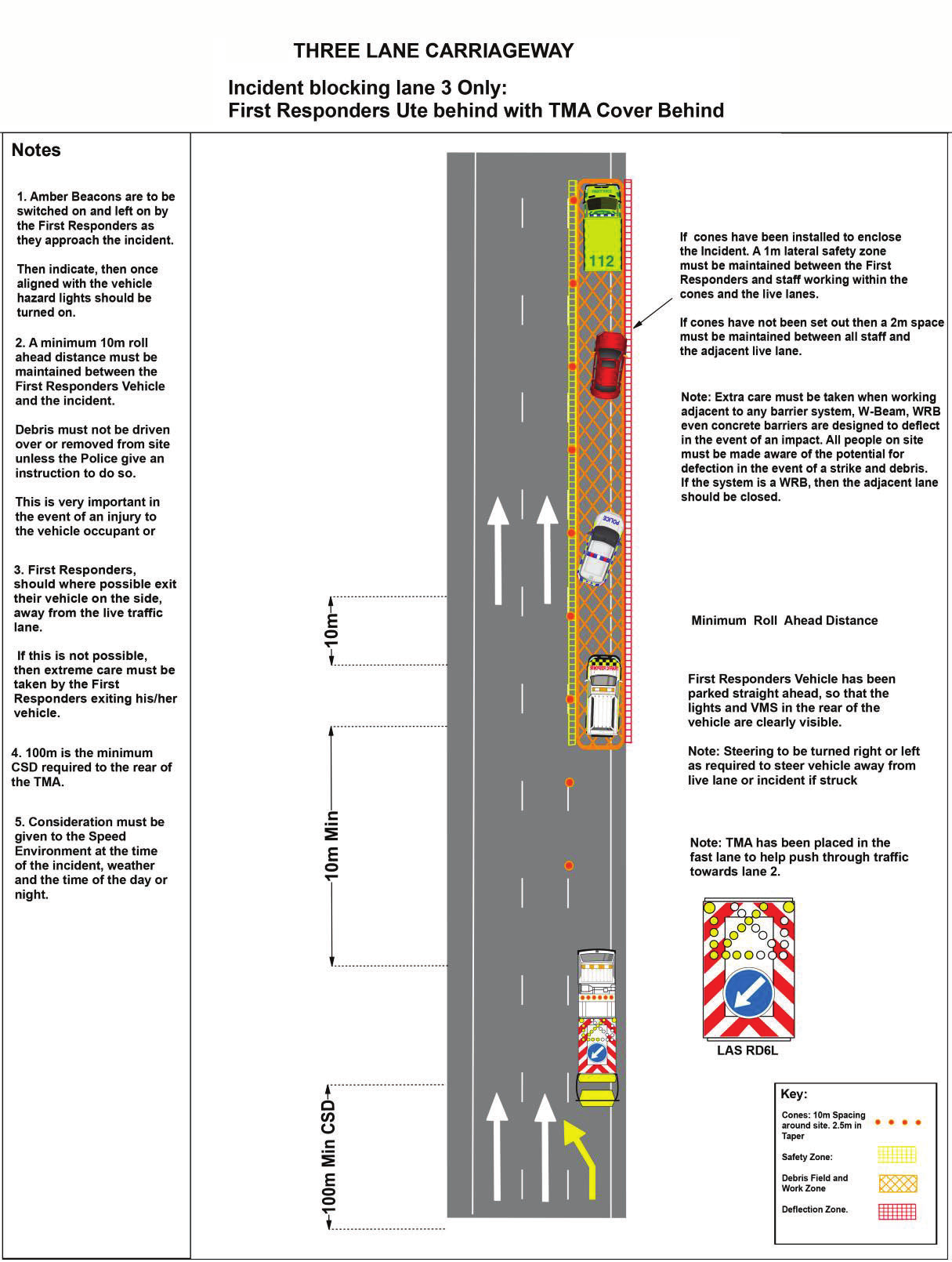 MOTORWAY EMERGENCY TRAFFIC
MANAGEMENT PLAN
MOTORWAY EMERGENCY TRAFFIC
MANAGEMENT PLAN
1982
ACT
INFORMATION
OFFICIAL
THE
UNDER
RELEASED
Page
16 of
21

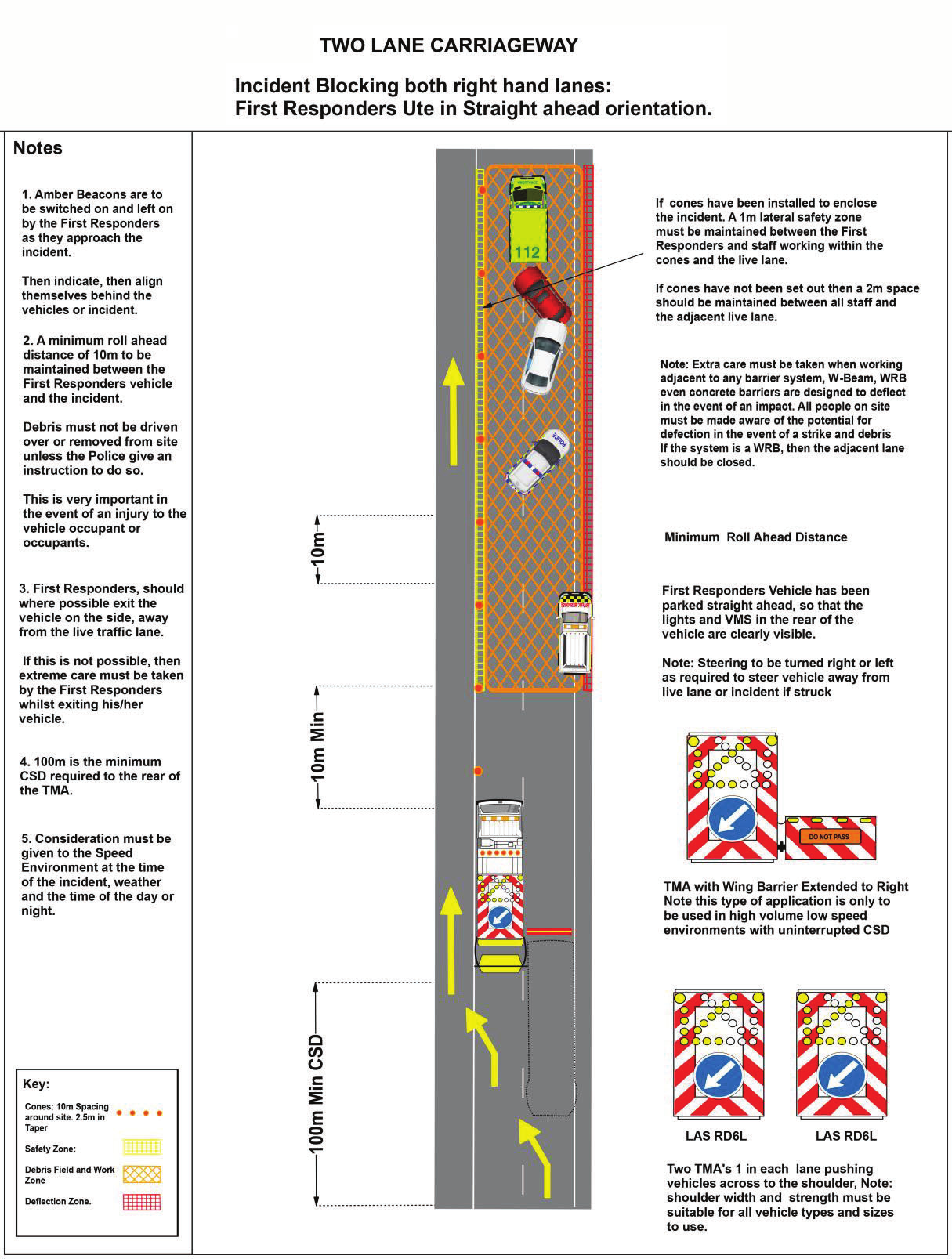 MOTORWAY EMERGENCY TRAFFIC
MANAGEMENT PLAN
MOTORWAY EMERGENCY TRAFFIC
MANAGEMENT PLAN
1982
ACT
INFORMATION
OFFICIAL
THE
UNDER
RELEASED
Page
17 of
21

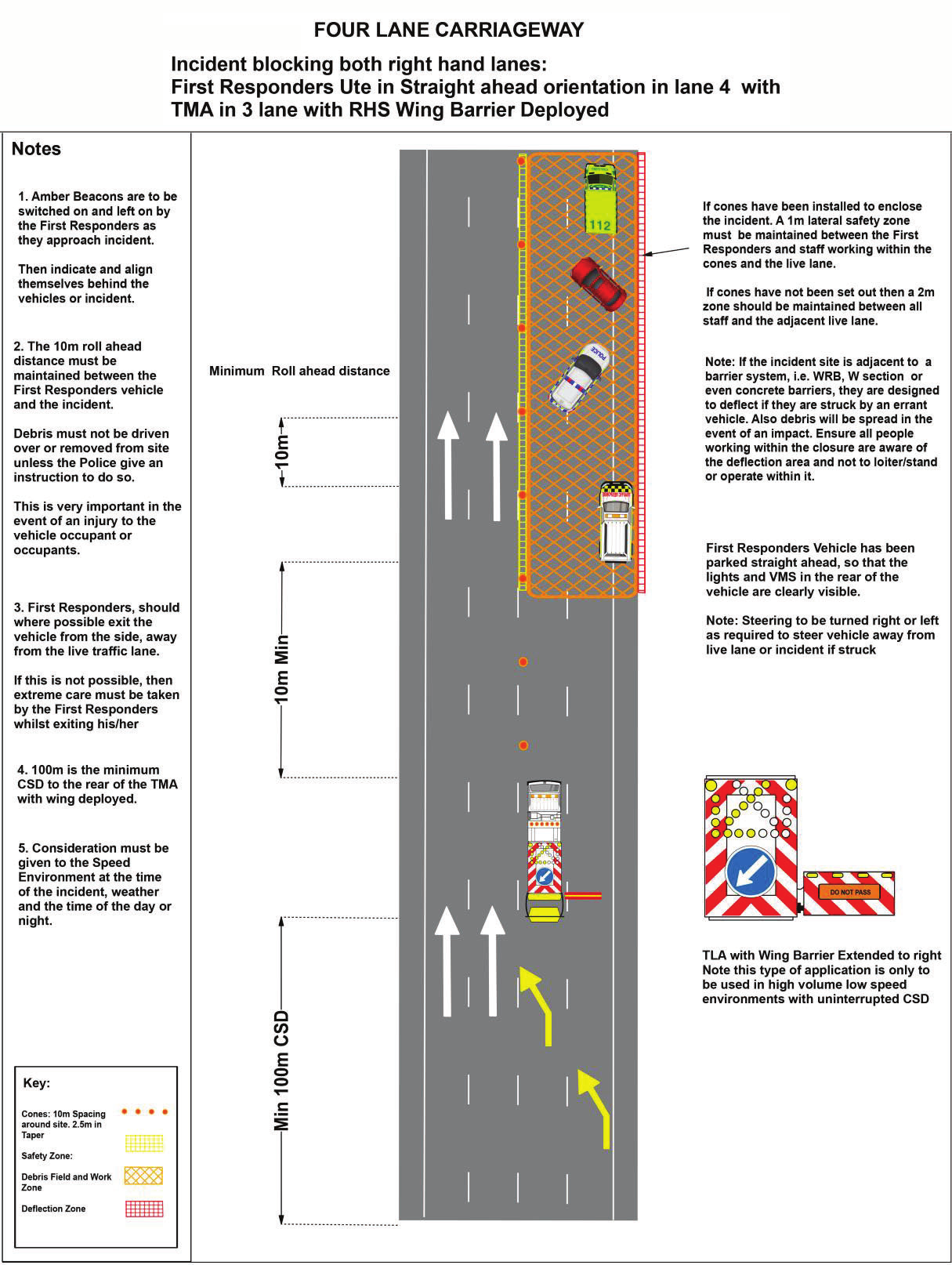 MOTORWAY EMERGENCY TRAFFIC
MANAGEMENT PLAN
MOTORWAY EMERGENCY TRAFFIC
MANAGEMENT PLAN
1982
ACT
INFORMATION
OFFICIAL
THE
UNDER
RELEASED
Page
18 of
21

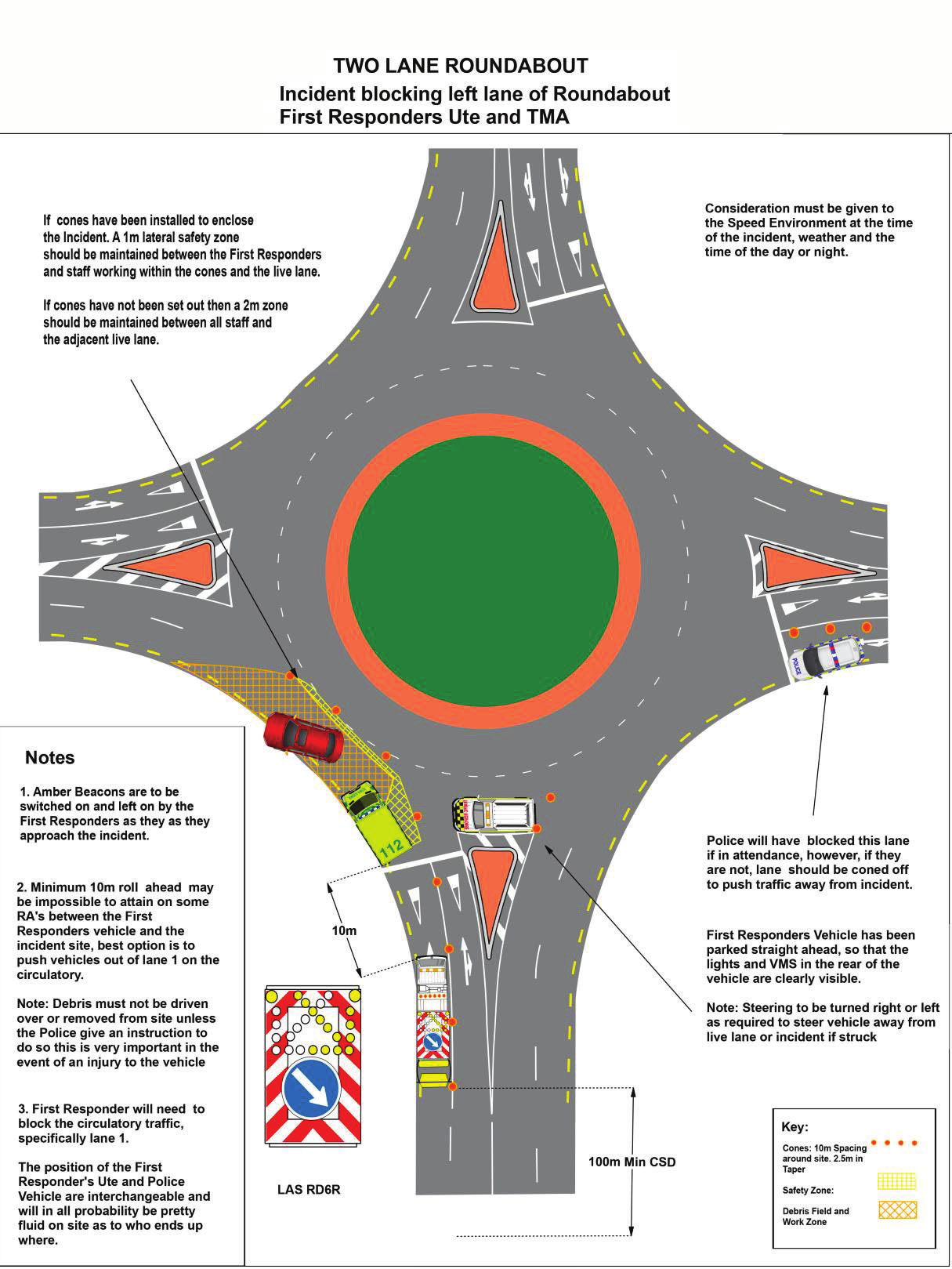 MOTORWAY EMERGENCY TRAFFIC
MANAGEMENT PLAN
MOTORWAY EMERGENCY TRAFFIC
MANAGEMENT PLAN
1982
ACT
INFORMATION
OFFICIAL
THE
UNDER
RELEASED
Page
19 of
21

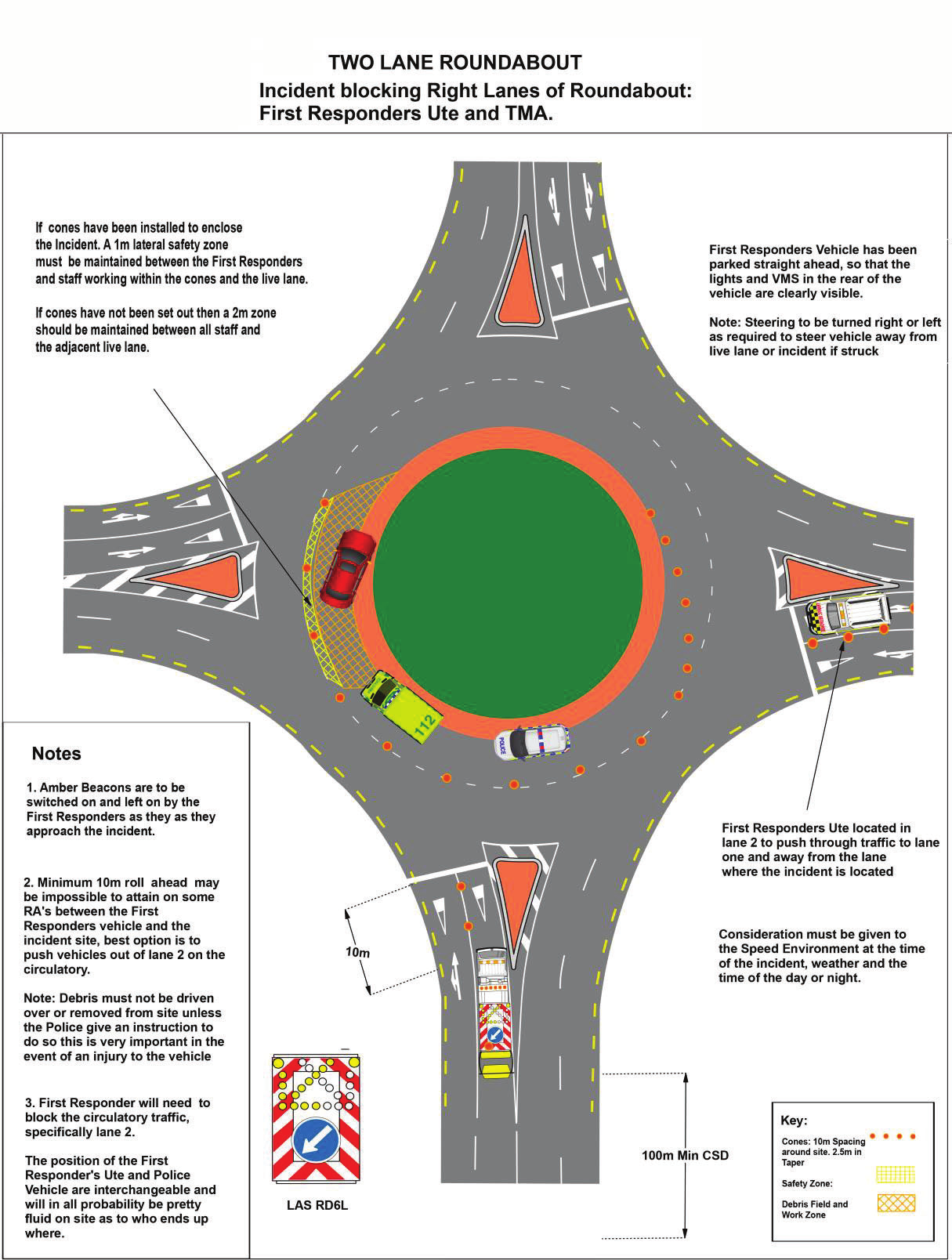 MOTORWAY EMERGENCY TRAFFIC
MANAGEMENT PLAN
MOTORWAY EMERGENCY TRAFFIC
MANAGEMENT PLAN
ACT 1982
INFORMATION
RELEASED UNDER THE OFFICIAL
Page
20 of
21
 MOTORWAY EMERGENCY TRAFFIC
MANAGEMENT PLAN
TMP preparation
Prepared
MOTORWAY EMERGENCY TRAFFIC
MANAGEMENT PLAN
TMP preparation
Prepared
section 9(2)(a)
section 9(2)(a)
STMS L2/3 NP 107216
Name (STMS qualified)
Signature
Qualification
ID Number
Expiry Date
Engineer/TMC to complete following section when approval or acceptance required
Approved by TMC:
section 9(2)(a)
STMS L2/3 NP
section 9(2)(a)
CAT ABC 37140
03/04/2026
Name
Signature
Qualification
ID Number
Expiry Date
ACT 1982
Qualifier for engineer or TMC approval
This TMP is approved on the following basis:
1. To the best of the approving engineer’s/TMC’s judgment this TMP conforms to the requirements of the NZGTTM.
2. This plan is approved on the basis that the
activity, the location and the road environment have been correctly represented by the applicant. Any inaccuracy in the portrayal of this
information is the responsibility of the applicant.
3. The STMS for the activity is reminded that it is the STMS’s duty to “postpone, cancel or modify operations due to the adverse traffic, weather or other conditions that affect the
safety of this site.
INFORMATION
RELEASED UNDER THE OFFICIAL
Page
21 of
21
































